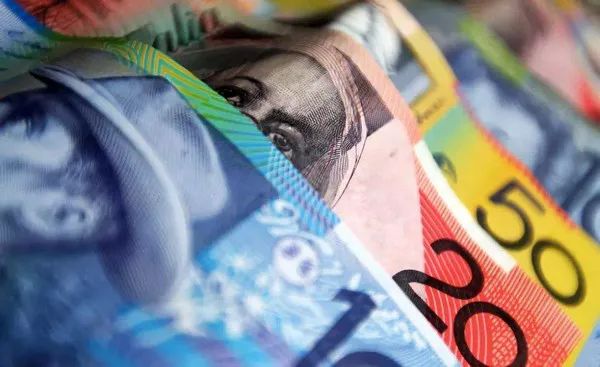The Australian Dollar (AUD) displayed resilience on Wednesday, as it made modest gains, possibly buoyed by the optimistic stance of the Reserve Bank of Australia (RBA) towards maintaining higher interest rates throughout the year. Last week, RBA Governor Michele Bullock hinted at the central bank‘s readiness to implement interest rate hikes should the Consumer Price Index (CPI) fail to return to the target range of 1%-3%, as reported by NCA NewsWire.
However, the Australian Dollar faced headwinds from softer-than-anticipated Chinese consumer inflation figures released on the same day. China’s CPI rose by 0.3% year-over-year in May, falling short of expectations for a 0.4% increase. Additionally, Chinese CPI inflation saw a 0.1% month-over-month decrease, contrasting with April’s 0.1% uptick.
In contrast, the US Dollar (USD) remained robust, fueled by strong US job data for May, which diminished the likelihood of two Federal Reserve (Fed) interest rate cuts in 2024. According to the CME FedWatch Tool, the probability of a 25 basis point rate cut by the Fed in September decreased to 52%, down from 67% a week earlier.
Investors exercised caution ahead of the Federal Reserve’s policy announcement and awaited key US inflation data later in the North American session. The Fed is expected to maintain interest rates within the range of 5.25%-5.50% in its efforts to mitigate inflation towards its 2% target. Estimates suggest that US headline and core CPI figures for May could reveal year-over-year increases of 3.4% and 3.5%, respectively.
Market observers noted China’s Producer Price Index (PPI) declining by 1.4% year-over-year in May, slightly better than the anticipated 1.5% drop and an improvement from April’s 2.5% contraction, marking the 20th consecutive month of factory-gate price declines but the smallest dip since February 2023.
Australian Treasurer Jim Chalmers highlighted the significance of China Premier Li Qiang’s visit to Australia, underscoring underlying weaknesses in China’s economy and expressing skepticism about an immediate recovery.
Meanwhile, Australia’s NAB Business Confidence index fell to -3 index points in May, reaching its lowest level in six months and turning negative for the first time since last November. Business Conditions also declined to 6 index points, slightly below the long-run average.
Commenting on the economic outlook, National Australia Bank (NAB) Chief Economist Alan Oster cautioned about growth prospects while expressing concerns about inflation, anticipating the RBA to maintain interest rates amid conflicting risks.
Rabobank suggested the possibility of Fed rate cuts in September and December, driven more by economic downturn than progress on inflation, envisioning a stagflationary phase in the US economy with persistent inflation and a potential mild recession later this year.
Technical analysis of the AUD/USD pair revealed a neutral bias, trading around 0.6610 on Wednesday. The daily chart indicated consolidation within a horizontal channel pattern, with the 14-day Relative Strength Index (RSI) hovering slightly below the 50 level, suggesting a lack of clear directional trend. Immediate support was identified near the 50-day Exponential Moving Average (EMA) at 0.6600, while resistance levels included the upper boundary of the horizontal channel around 0.6690 and key psychological levels at 0.6700 and May’s high of 0.6714.
Related Topics:


























